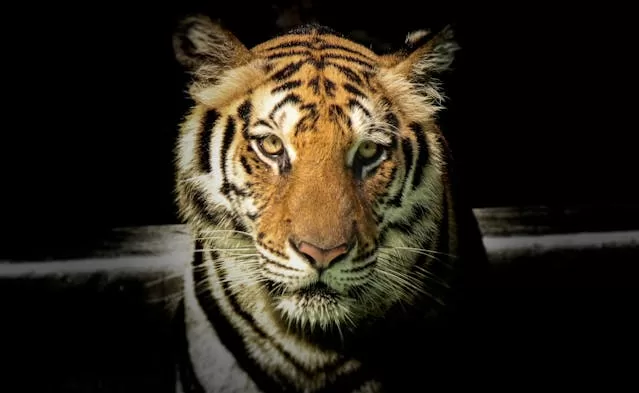India, a land of breathtaking biodiversity and vivid landscapes, offers some of the world’s most exhilarating jungle safaris.
Home to a vast array of wildlife, these safaris not only provide a thrilling adventure but also foster a deep appreciation for nature and wildlife conservation.
Table of Contents
What Makes a Jungle Safari Special?
Engaging with the raw beauty of the Indian wilderness is a transformative experience. Jungle safaris in India are not just about animal sightings; they are a profound journey into the heart of nature, offering insights into the importance of conservation and the symbiotic relationships within ecosystems.
Top Destinations for Jungle Safaris in India
India’s topography offers diverse habitats, making it one of the best places for jungle safaris. Here are some of the top destinations:
- Jim Corbett National Park: Located in Uttarakhand, it’s famous for its Bengal tigers and stunning landscapes.
- Kanha National Park: In Madhya Pradesh, this park inspired Rudyard Kipling’s “The Jungle Book.”
- Ranthambore National Park: Known for its rich history and tiger sightings, located in Rajasthan.
- Sundarbans National Park: A mangrove and tiger reserve in West Bengal.
- Kaziranga National Park: A UNESCO World Heritage site in Assam, known for its population of Indian one-horned rhinoceros.
Jim Corbett National Park
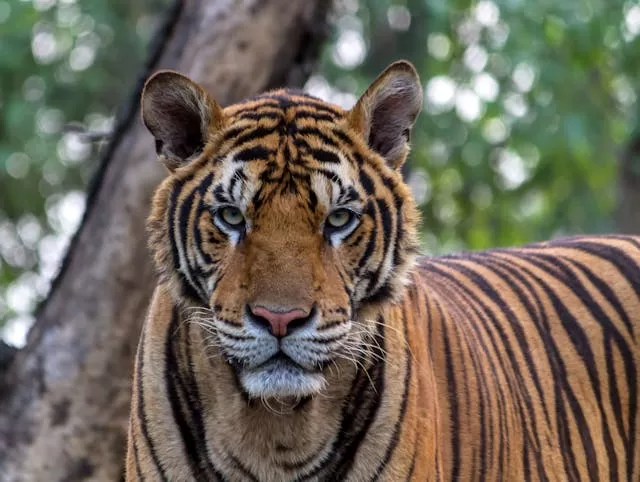
Established in 1936 as India’s first national park, Jim Corbett offers a unique blend of adventure and scenic beauty. Key attractions include the elusive Bengal tiger, elephants, and breathtaking valleys.
If you’re searching for the best jungle safari in India, Jim Corbett National Park should top your list. Nestled in the foothills of the Himalayas, this park is renowned for its rich biodiversity and stunning landscapes.
As India’s first national park, it offers unparalleled opportunities to observe a variety of wildlife in their natural habitat, including the majestic Bengal tiger.
With its verdant forests, serene rivers, and diverse fauna, Jim Corbett provides an unforgettable adventure for nature lovers and wildlife enthusiasts alike.
Kanha National Park

This park is a sanctuary for numerous species like the Royal Bengal Tiger, leopards, and the rare hard-ground Barasingha. The lush sal and bamboo forests create a verdant backdrop perfect for safaris.
Kanha National Park, set in the heart of India in Madhya Pradesh, is one of the country’s largest national parks and a premier destination for wildlife and nature enthusiasts.
Famous for its significant population of Royal Bengal tigers, the park is also the inspiration behind Rudyard Kipling’s iconic novel “The Jungle Book.” Beyond tigers, Kanha is home to a variety of other wildlife including leopards, sloth bears, barasingha, and Indian wild dogs.
The landscape is marked by lush sal and bamboo forests, sprawling meadows, and winding streams, offering a picturesque backdrop for safari adventures.
Kanha is not only a biodiversity hotspot but also plays a crucial role in the conservation of endangered species, making it a vital sanctuary for India’s wildlife.
Ranthambore National Park

Rich with India’s royal past, the park offers a chance to explore nature amidst historic structures like the Ranthambore Fort. Tiger sightings are a major draw for visitors here.
Ranthambore National Park, located in the Indian state of Rajasthan, is one of the most renowned national parks for spotting Bengal tigers in their natural habitat.
This park is particularly famous for its accessible wildlife viewing, with tigers often seen during the daytime. Besides tigers, Ranthambore is home to a variety of other wildlife, including leopards, nilgai, wild boars, and a diverse range of birds.
The park’s landscape is dominated by rugged terrain, dense tropical dry forest, and the historic Ranthambore Fort, which stands majestically at the heart of the reserve.
The fort, along with ancient temples and mosques within its precincts, adds a unique cultural and historical depth to the wildlife experience.
Ranthambore is not just a wildlife haven but also a place where nature and history intertwine, offering visitors a rich tapestry of experiences. Its commitment to conservation and the protection of tiger habitats makes it a critical area for wildlife preservation in India.
Sundarbans National Park
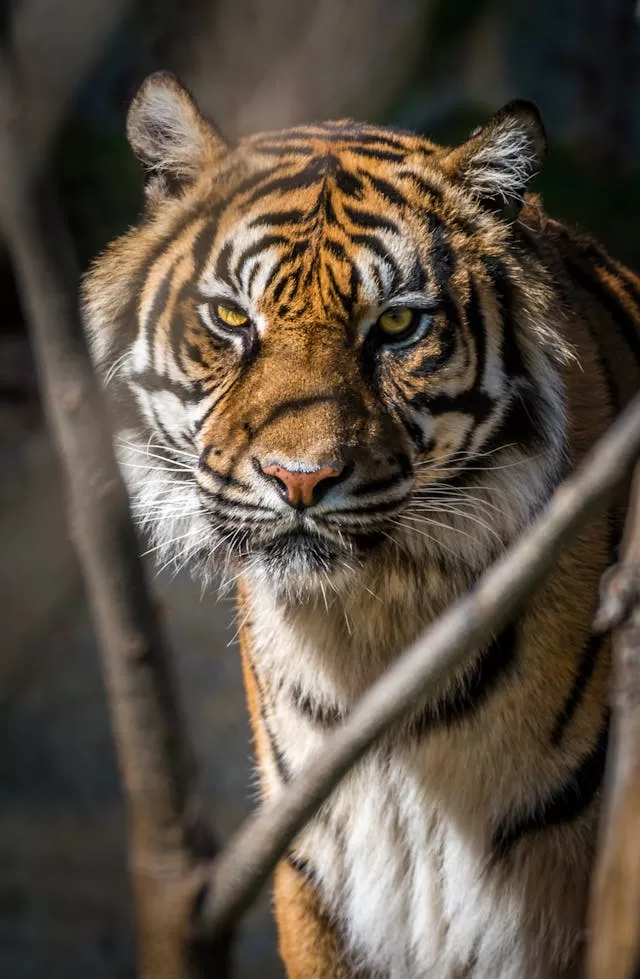
Explore the largest tidal halophytic mangrove forest in the world. The park is renowned for its tiger conservation efforts and unique ecosystem that includes hundreds of bird and fish species.
Sundarbans National Park, located at the delta region of the Ganges, Brahmaputra, and Meghna rivers on the Bay of Bengal, is one of the largest reserves for the Bengal tiger.
This UNESCO World Heritage Site is famed for its unique mangrove forest ecosystem, which is the largest of its kind in the world.
The dense mangrove forests are not just a sanctuary for the tigers but also support a variety of other species including fishing cats, leopard cats, macaques, and the endangered Ganges river dolphin.
The park’s complex network of tidal waterways, mudflats, and small islands provides a challenging yet fascinating environment for nature lovers.
The area is also rich in birdlife, making it a popular spot for bird watchers. The challenging terrain and the elusive nature of the wildlife add to the thrill of exploring this mysterious and enigmatic region.
Visiting Sundarbans offers a unique adventure where the land constantly changes with the tide, and where man and nature have learned to coexist in precarious harmony.
The park plays a crucial role in the conservation of the region’s biodiversity and serves as a critical area for climate change research.
Kaziranga National Park
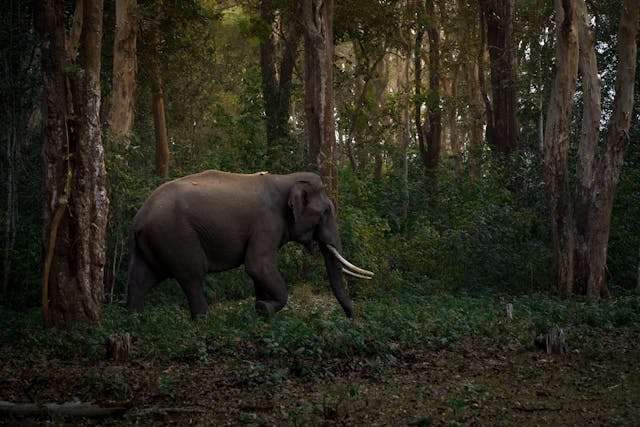
This park is pivotal for the conservation of the Indian one-horned rhinoceros. Its floodplain ecosystem supports a variety of wildlife, including elephants, tigers, and numerous bird species.
Kaziranga National Park, situated in the state of Assam in northeastern India, is renowned for its successful conservation of the Indian one-horned rhinoceros.
This UNESCO World Heritage Site boasts a vast expanse of tall elephant grass, marshland, and dense tropical moist broadleaf forests.
Kaziranga is not only home to the largest population of one-horned rhinoceroses in the world but also provides habitat for numerous other wildlife species including tigers, elephants, panthers, and various bear species, making it a vital biodiversity hotspot.
The park is also an important bird area, recognized globally for its significant avian population that includes several migratory bird species.
The Brahmaputra River, which borders the park, adds to its natural beauty and provides critical ecosystem services that support the park’s flora and fauna.
Visiting Kaziranga offers a unique opportunity to witness conservation success stories firsthand and to experience close encounters with rare and endangered species in their natural habitats.
The park’s efforts in wildlife conservation continue to be a model of success, contributing to both the protection of species and the education of the public on environmental stewardship.
Planning Your Jungle Safari
Choosing the right time to visit is crucial for an optimal experience. The dry winter months are generally the best for wildlife sightings. Essential gear includes binoculars, cameras, and appropriate clothing.
Safari Safety Tips
Safaris can be adventurous yet risky. Adhering to park rules, remaining silent, and keeping a safe distance from wildlife are essential for a safe experience.
Conservation and Community
Tourism plays a vital role in conservation efforts. By visiting these parks, tourists support local communities and contribute to the protection of India’s natural heritage.
Photography on a Safari
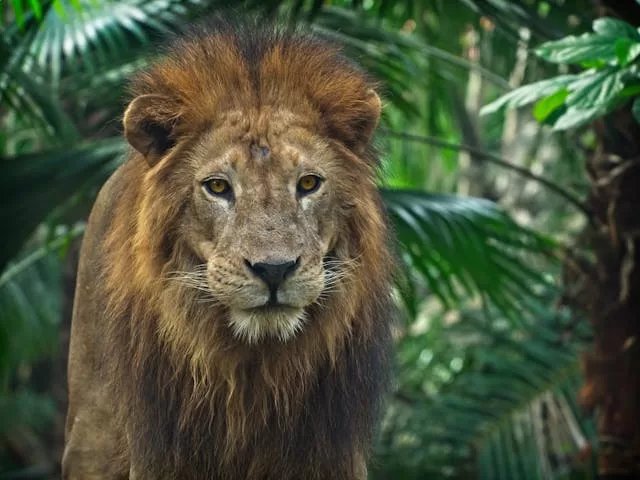
Capturing wildlife through your lens requires patience and respect for the natural habitat. Adhering to ethical practices ensures that we do not disturb the wildlife we’re so keen to observe.
Additional Activities and Attractions
Apart from safaris, visitors can engage in bird watching, nature walks, and visits to tribal villages to understand local cultures.
Booking Your Trip
When planning your safari, consider reputable tour operators who are committed to sustainable practices. Comparing packages can help you find the best experience suited to your interests and budget.
Final note
Exploring India’s jungles is an unforgettable adventure that leaves an indelible mark on your heart. By choosing responsible travel practices, we can ensure that these wonders remain for generations to come.
FAQs Best Jungle Safari In India
- What is the best time to see tigers in India?
- The best time for tiger sightings is during the hotter months of March to May, when animals frequently visit water sources.
- Are jungle safaris safe for young children?
- Yes, but it is important to follow all safety guidelines and choose child-friendly safari operators.
- What should I wear on a safari?
- Opt for light, breathable clothing in neutral colors that blend with the environment. Always wear comfortable footwear.
- How can I contribute to wildlife conservation during my visit?
- Support eco-friendly lodges, respect wildlife guidelines, and consider donations to conservation projects.
- Can I visit more than one national park in a single trip?
- Absolutely, many tourists plan itineraries that include multiple parks to experience the diverse wildlife of India.


